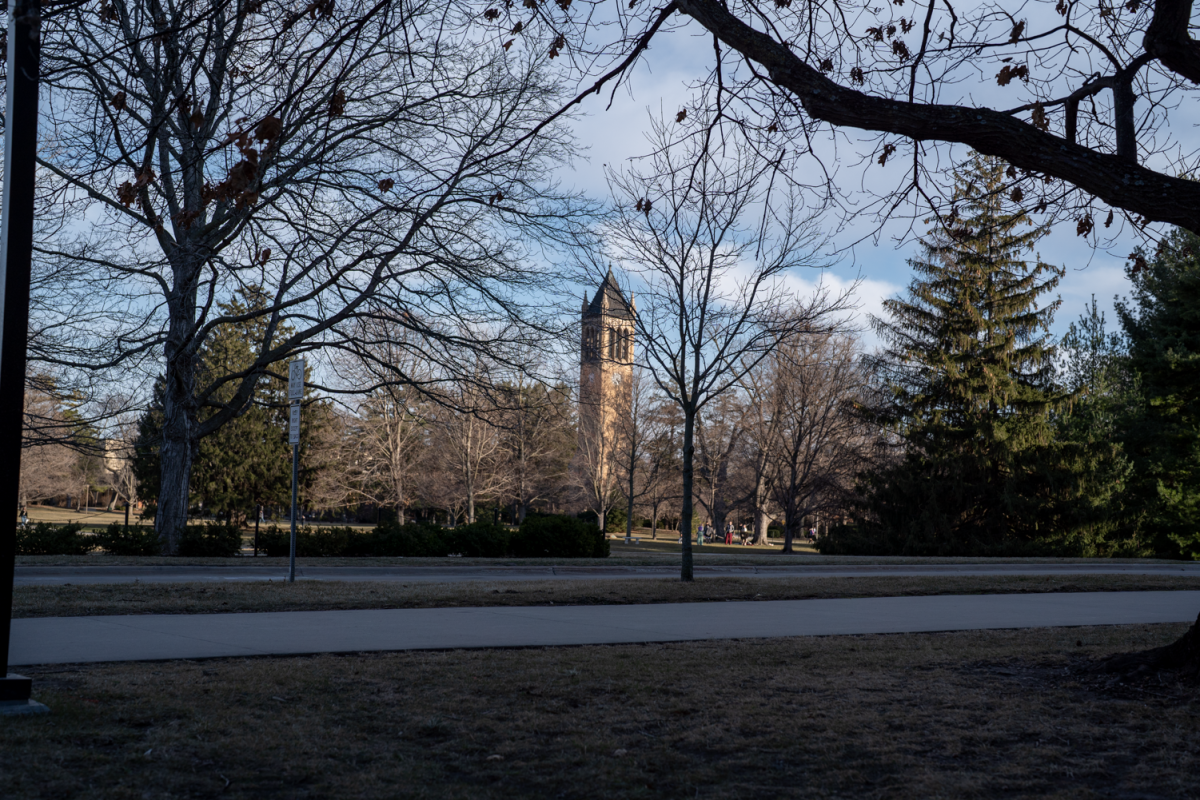Let them eat horse d’oeuvres
September 7, 2010
Known for her brash demeanor and disconnect from the plight of the common peasant, Marie Antoinette would likely have been in favor of serving up Seabiscuit with a nice baked potato and some brioche. And I, like the 18th century monarch, see the validity of maintaining a viable horse rendering industry in the United States.
Let us back up. As you know, the life of a horse does not typically lead from Kentucky Derby to Kentucky Fried. Instead, the horse rendering industry supplies high-end eateries in France, Japan and Belgium with their featured delicacy. In these countries, when Mr. Ed turns Mr. Dead, it is time to light the grill.
An industry reporting revenues of more than $40 million annually was humming along by the early 2000s. This industry thrived by making horses useful after their useful lives had run their course. The productivity stopped earlier this decade.
A ruling by the Seventh Circuit Court of Appeals on Sept. 21, 2007 pounded the death nail in coffin of the last rendering facility in the United States by upholding an Illinois law banning horse slaughter. The facility — Belgian-owned Cavel International — appealed the ruling. However, it is unlikely that the case will see the light of day in the Supreme Court, as two similar cases have been ignored in recent years.
This is truly unfortunate. Once one gets past the idea that Black Beauty has to die, the cool logic of horse rendering speaks for itself.
On one hand, there is the need to dispose of horse corpses. Since burying said corpses is illegal in many corners of the United States, and it would take most of the Ming collection to respectfully display even an average-sized horse, disposing of the bodies is not an easy task.
Enter the horse meat market. Here are corporations serving other countries that are willing to take the meat off the hands of horse breeders and make their wallets a little heavier in the process. How is this a bad idea? Only America’s romantic affair with the horse could derail such obvious progress.
That is what it comes down to. Our collective heart is getting the way of our collective head. People that watch horses from afar find them too majestic to end up under a French fork. While I admit that is a most ignoble of ends, it is still the most humane.
Most true horse lovers know — as reflected in the positions of the American Quarter Horse Association and the American Veterinary Medical Association — in order to love horses you have to let them go feed people.
The glut of rescue horses is the single biggest reason.
In the year following the full-scale ban on horse slaughtering an additional 100,000 horses were sent to rescue facilities across the country. This overflow has drastically reduced the quality of life for the horses in those facilities.
A similar deterioration of quality of life is experienced when horses that would have been rendered domestically are transported to Canada or Mexico in order to work around the ban at home.
Simply put, banning horse rendering is bad for the horse, the owner and the Frenchman who wants to mull over Secretariat with his Chablis.















